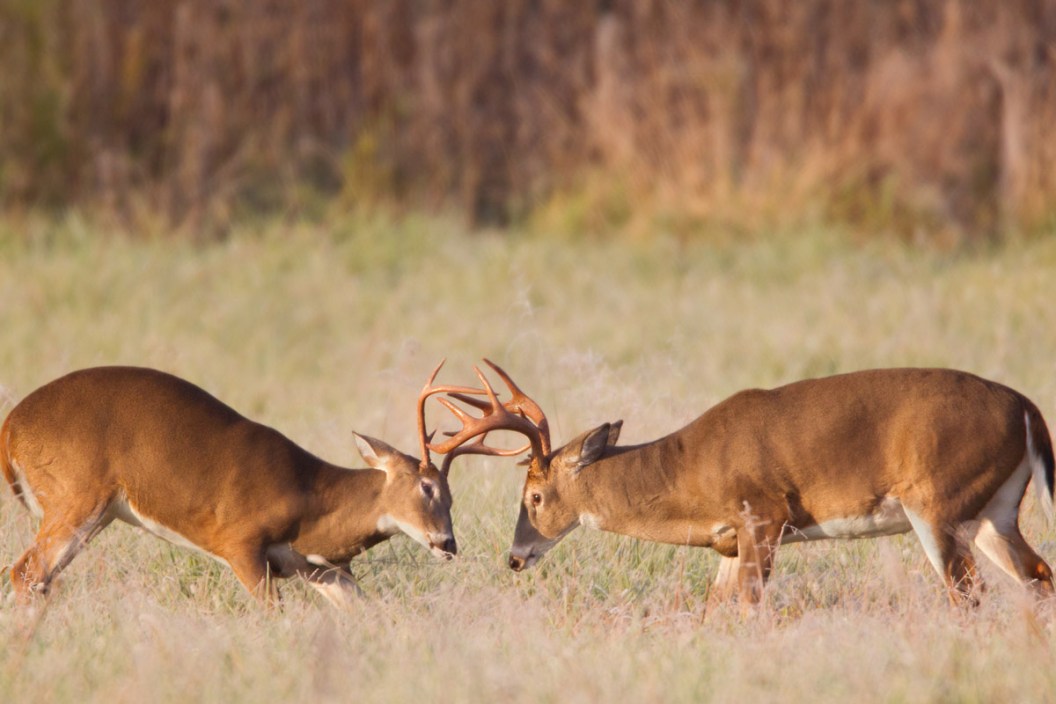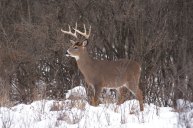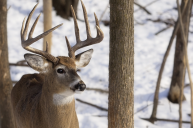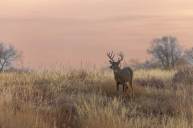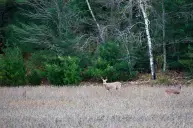At this point in the season, the majority of hunters who've chosen to try their hand during archery season have already encountered their fair share of obstacles. Whitetail deer are wildly fickle, and their drastic changes in behavior entirely depend on the time of year. Around the time most archery seasons come to a close, however, hunters finally get a taste of that magical window we know as the rut. As a deer enters the mating season, it inevitably lets its guard down, allowing hunters to capitalize on the distraction. However, despite the impulses of many hunters who think the rut will drastically decrease the level of difficulty, this part of the season presents its own set of challenges that so many of those overzealous hunters overlook.
Bagging a deer requires unconventional tactics. What you do outside the rut may not translate during whitetail breeding season. Avoid these common deer hunting mistakes while rut hunting to better your odds.
8. Showing up late
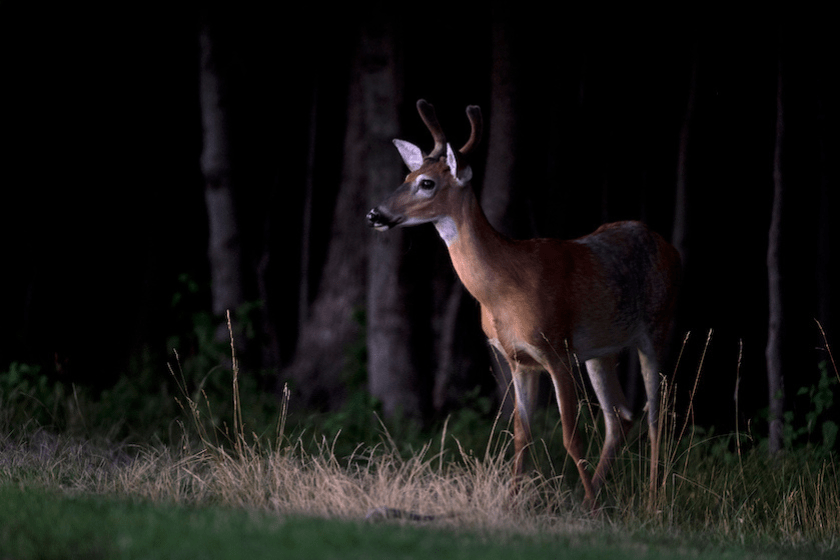
Michael Karas via Getty Images
If you want to spot antlers, you can no longer get to your stand half an hour before daylight. Rut-crazy bucks can't wait to get back in the chase. They'll start wandering well before dark. Does will head out to avoid them. You may be done if you bump the deer out of your area. Get settled in the stand at least two hours before daylight and wait it out.
Hunting for whitetail deer during the peak of the rut requires a change in tactics. If you continue to hunt using conventional methods, you're doing it wrong. You may get lucky, but your chances improve if you're fortunate and hunting smart.
7. Misusing scent
Don't bother dribbling some doe-in-heat scent around your blind. Instead, put it in a clean spray bottle. Spray vegetation and surrounding foliage about waist-high—where the doe would emit odor. If you can, use two different brands and spray some of each on your stand. A buck will think he has a couple of hotties and follow that scent, making your rut hunting easier.
6. Letting weather stop you
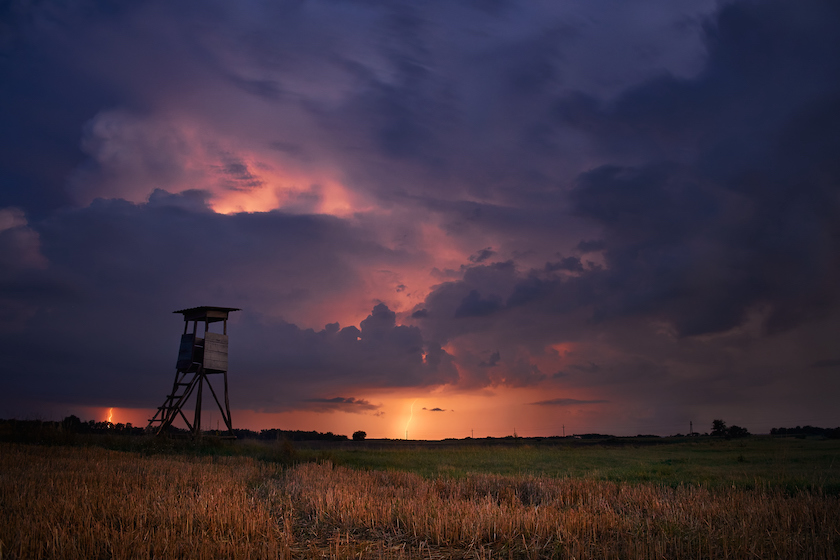
Thomas_Zsebok_Images via Getty Images
Don't stay home to avoid early-morning rain or snow. When the bucks have to hold up overnight, they are itching to get after does as soon as the sun comes up. Get your waterproof gear on and wait them out.
5. Forgetting the buck grunt
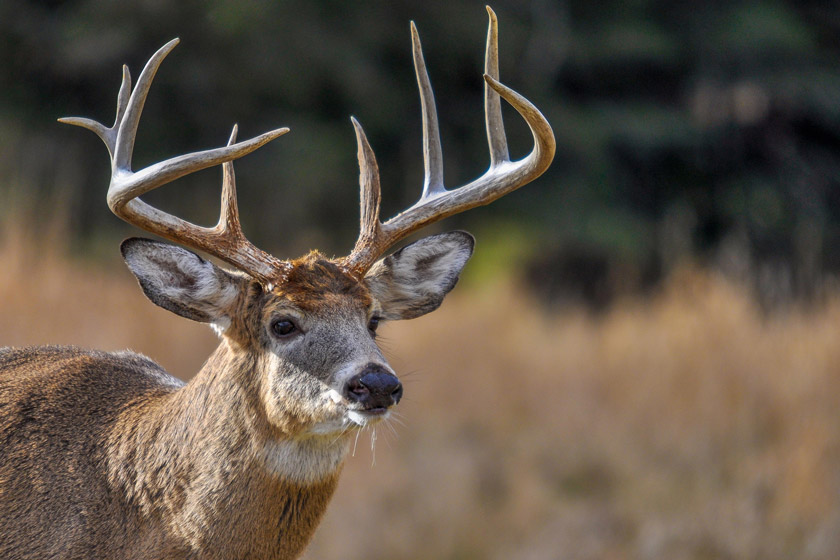
Getty: manuellacoste
Wandering bucks not on a hot doe's trail have little tolerance for the competition from other bucks. A much bigger buck may be intimidating, and a yearling buck may not be a threat. Use two grunt calls—one of a young buck and one of a more mature buck. Hit the young buck four times as often as the mature buck call. This action will piss off a rutting buck.
4. Ditching the decoy
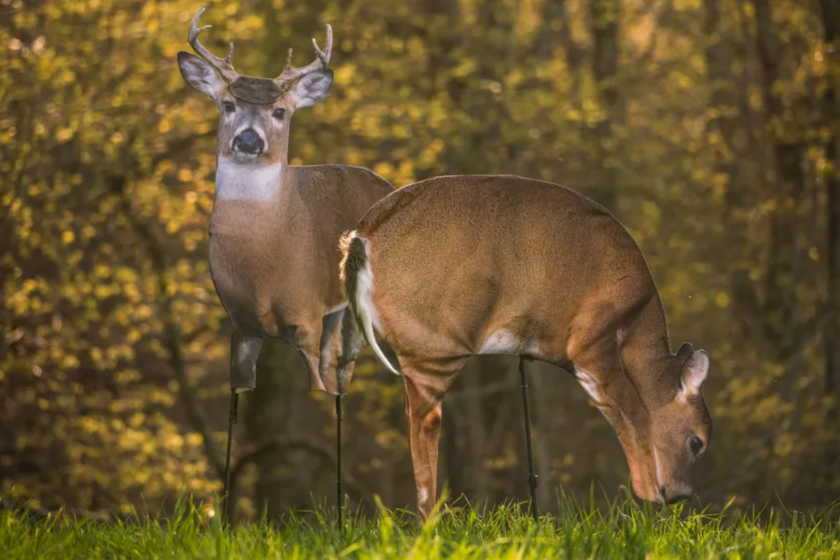
Cabela's
Many deer hunters quit using a decoy after archery or early gun season. It would help if you lured a good buck away from real does. If one will stand still, he may abandon those he's been chasing all day to check her out. Screw a real deer tail onto your decoy horizontally, imitating a doe ready to breed. Now the "Ms. November" decoy has a realistic breeding posture.
3. Not using the right calls
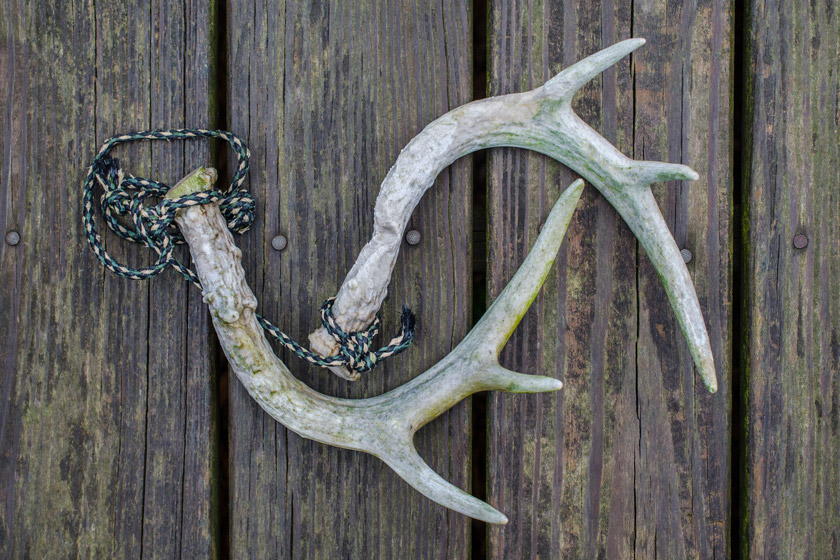
Getty: HildeAnna
Quit using your doe bleat call you were using during pre-rut. After the early season, bucks are only interested in does they can breed. You're rut hunting—use a "doe in estrus" call. Keep your call on the deer's level. If you are in an elevated stand, rig your can or square call.
Tie a line around the bottom of the call with two tails coming off of it. Anchor one to the ground and tie off the other to your ladder. Tie a second line to the top of the call and take it to your stand. Make sure you tape over the hole at the bottom of the call. From the stand, you pull the line that turns your call upright. When you let it go, the can turns over, and you get a nice "bwwaaah." However, make sure you don't do too much calling. You might give yourself away.
2. Not being flexible
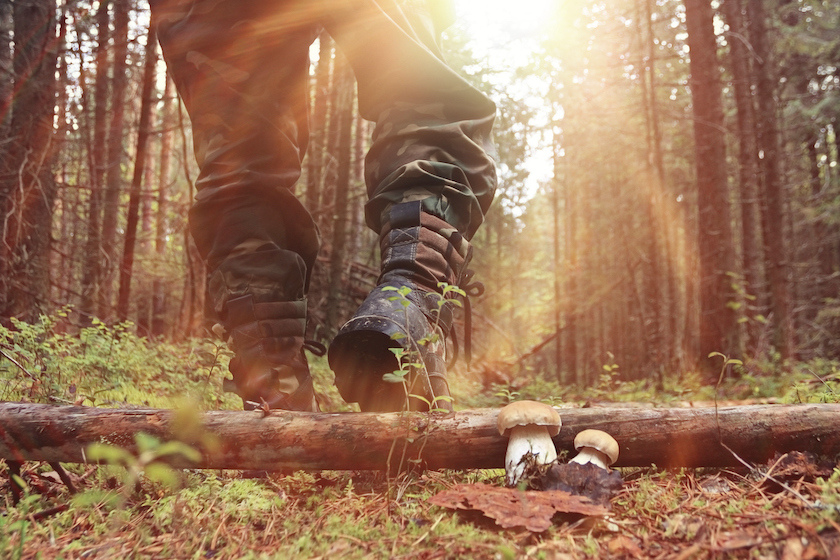
Kichigin via Getty images
Why do hunters refuse to move to another location even after days of seeing no game? Unless you have credible, fresh information that a buck is using the area near your stand, you need to be willing to move.
Game cameras, tracks, and sightings from neighbors or landowners will provide additional information. It would be best if you acted quickly, especially on public land. The bucks won't necessarily stay in one spot for long during the rut. Move your treestand to a high-traffic area where you can see a lot of real estate. Aside from trail cameras, you can also look for bedding areas, food sources, and scrapes to determine deer movement.
1. Not staying put
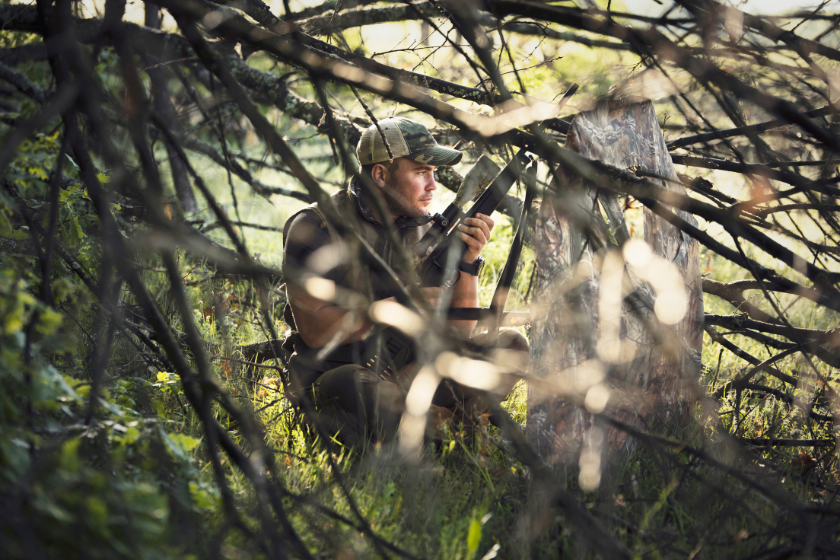
ArtistGNDphotography via Getty Images
The big reason for deer hunting failure while rut hunting is leaving the stand too early. The rut is a time when bucks are off their usual patterns. They are searching wildly and widely for does. You will see bucks wandering the day with one thing on their mind.
